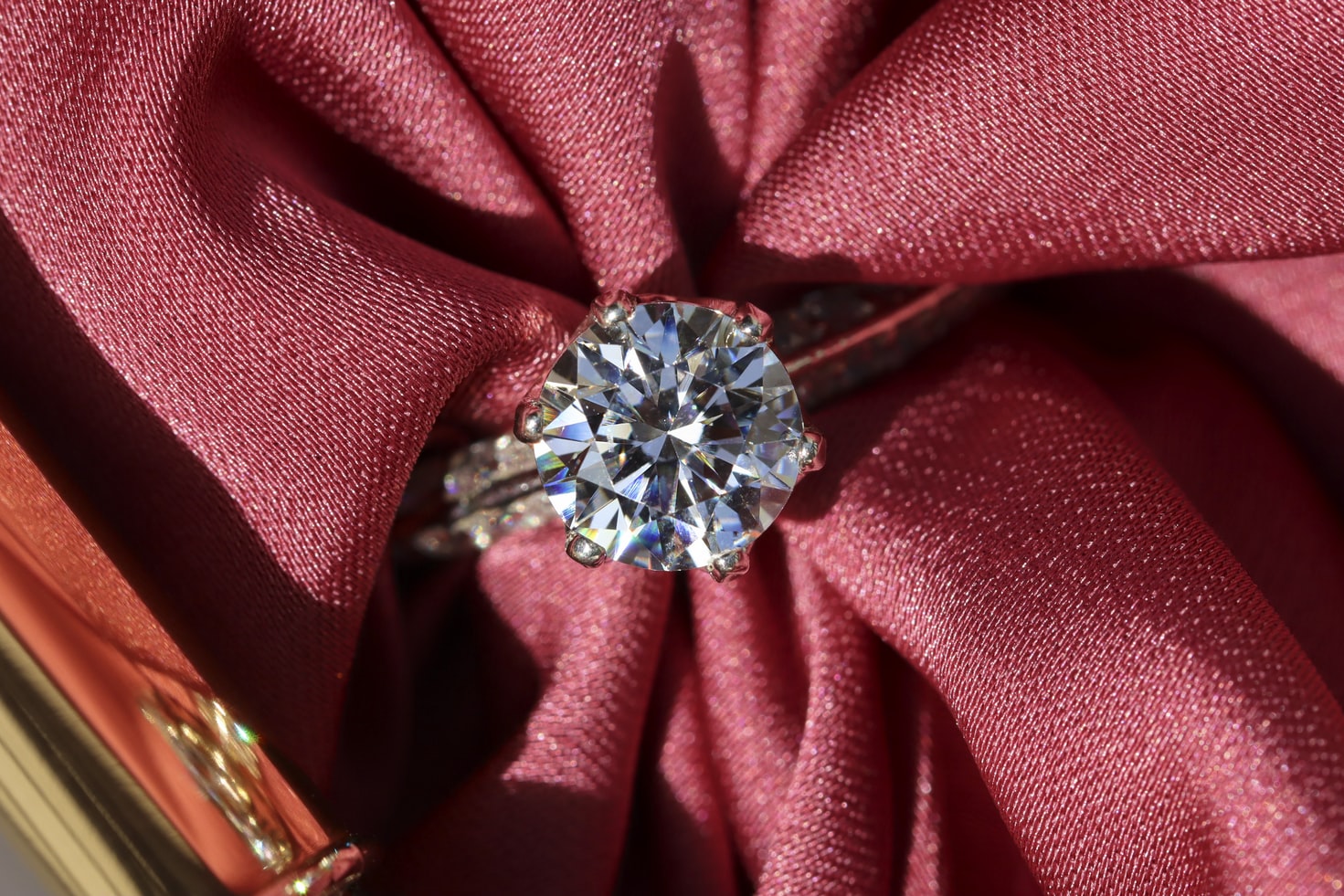Thanks to the diamond magnate De Beers and their clever marketing team, diamonds have been a girl’s best friend since the 1940s and these sparkling stones can be extremely valuable. The most sought after of all the precious stones, diamonds have a rather complex grading system using the 4Cs; namely Cut Colour, Clarity and Carat.
Diamond Grading
As mentioned above, the 4Cs grading system is globally recognized and certificates are issued by the Gem Institute of America (GIA), which is the foundation for evaluations; it would be impossible to assess a diamond any other way and each stone has a unique grading that uses the 4C principle. A diamond’s value might be affected by the rarity of one or more of the Cs; there is definitely a connection between rarity and value, a colourless diamond, for example, is rarer that a stone with a hint of colour and is therefore more valuable.
High End Diamond Jewellery
Of course, the very best jewelry factories incorporate the best of the stones discovered from mines around the world, some of which end up on royalty. Exceptional diamonds tend to appreciate more than ‘regular’ stones, where regular means high quality, and if you are looking to create something special using diamonds, there are hi-end custom jewellery factories that have a team of very talented designers who can turn your vision into stunning jewellery.
Loose Stones
The cutting of diamonds is highly specialised and is done by special machines and when a custom jeweller is looking for diamonds, they would approach a known gem wholesaler and acquire the uncut stones. From the moment the diamond is first discovered, the price is rising; from the mine to the consortium, who add their mark-up and then the wholesaler takes possession and offers the uncut stones to custom jewellers. The jeweller is commissioned by a client, and with every link in the chain taking a share, the end user is the person who pays, and any specific diamond is graded by GIA (or another governing body) and a certificate is issued, which stays with the diamond from seller to buyer. Without the GIA certificate, the stone is not worth anything and should someone try to sell you non-certificate diamonds, they are probably lab created and not natural. The trends in fashion accessories have changed through the ages, as this blog outlines.
Diamond Cuts
As you would expect, there are many ways to cut a diamond; prior to the machine age, diamonds were hand-cut (mine cut), while today, we have many fine cuts, such as:
- Brilliant round cut
- Princess cut
- Emerald cut
- Cushion cut
- Radiant cut
- Asscher cut
- Pear cut
- Oval cut
- Marquise cut
There are a lot more cuts and when designing a piece of jewellery, the expert would explain to the client the pros and cons of various cuts to ensure the right choices are made.
The Gem Institute of America website is full of resources on diamonds if you wish to learn more about how these pieces of compressed carbon are valued.

